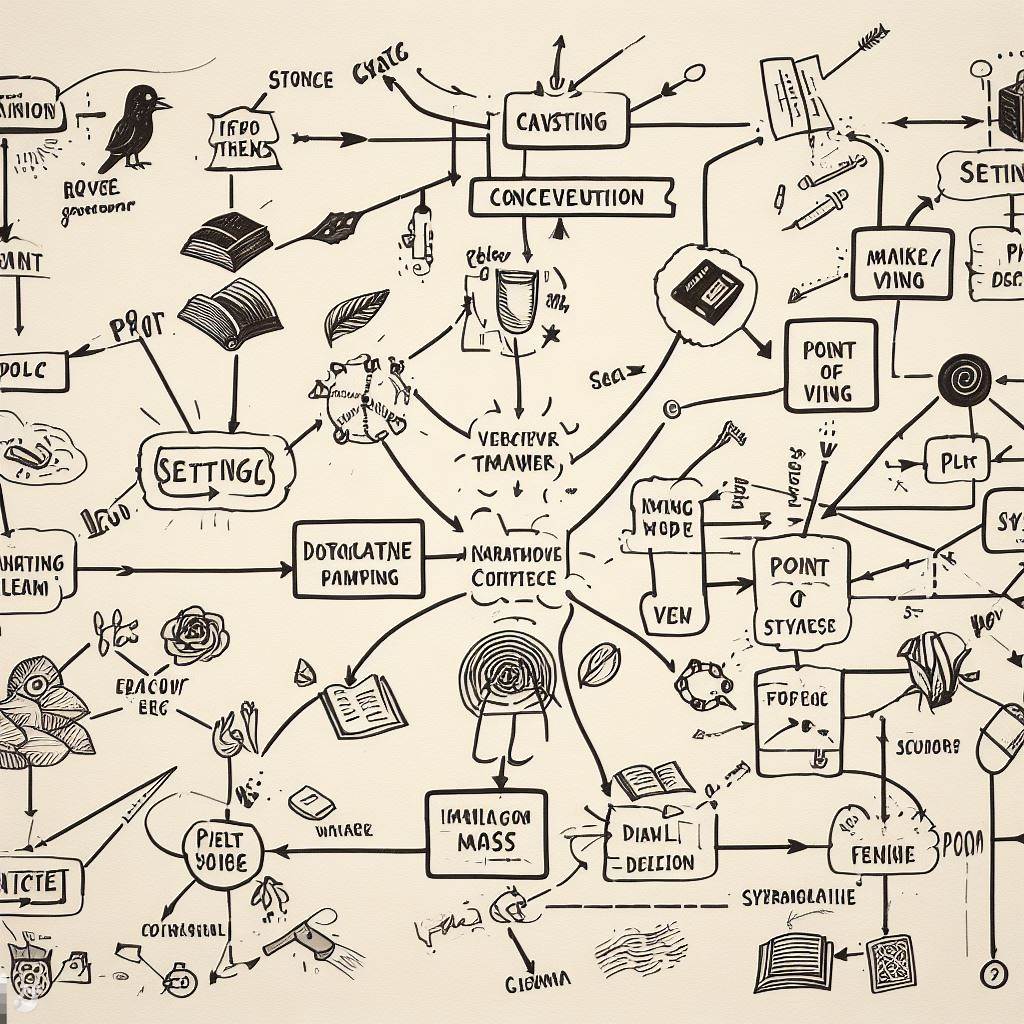Why Narrative Convention Is Vital in Literary and Narrative Works

Navigating the Power and Significance of Narrative Conventions
Narrative convention, the collective agreement on storytelling techniques, is the invisible thread weaving through literary and narrative works. In this exploration, we uncover the importance of narrative convention and why it stands as a cornerstone in the realm of storytelling.
1. Establishing Structure: A Blueprint for Narratives
Narrative conventions provide a structured framework for storytelling. From the exposition to the resolution, conventions delineate the essential components that guide both writers and readers through the narrative journey. This structure offers a familiar roadmap, enhancing the overall coherence and accessibility of the narrative.
2. Facilitating Understanding: A Common Language
Narrative conventions serve as a shared language between authors and readers. By adhering to established conventions, writers ensure that their narratives are easily understood. Readers, in turn, find comfort and engagement in familiar narrative patterns, fostering a deeper connection with the story.
3. Invoking Emotional Resonance: Connecting with Readers
Emotional resonance is a hallmark of effective storytelling. Narrative conventions, through their familiarity, enable writers to tap into universal emotions. Whether it’s the hero’s journey or the three-act structure, these conventions provide a reliable conduit for authors to evoke profound emotional responses from their audience.
4. Guiding Expectations: Building Anticipation
Narrative conventions set expectations. They establish a contract between the storyteller and the audience, outlining the anticipated rhythm, pacing, and progression of the narrative. This anticipation not only keeps readers engaged but also allows writers to strategically subvert expectations for added impact.
5. Preserving Tradition: Bridging Generations
Narrative conventions act as cultural artifacts, passed down through generations of storytellers. They preserve the traditions of storytelling, connecting contemporary works to the rich tapestry of literary history. This continuity creates a sense of legacy, contributing to the enduring appeal of timeless narratives.
6. Enhancing Communication: A Tool for Expression
For writers, narrative conventions serve as versatile tools for expression. By understanding and manipulating conventions, authors can convey complex ideas, themes, and perspectives in a manner that resonates with diverse audiences. It’s a language that transcends barriers, fostering inclusivity in storytelling.
7. Fostering Innovation: A Launchpad for Creativity
While narrative conventions provide a foundation, they also serve as a springboard for creativity. Writers can innovate within the established framework, experimenting with narrative structures, perspectives, and styles. This dynamic interplay between convention and innovation keeps storytelling vibrant and ever-evolving.
Conclusion: The Tapestry of Storytelling
In conclusion, narrative convention is the invisible warp and weft that forms the intricate tapestry of literary and narrative works. It provides structure, evokes emotions, and connects storytellers across time and culture. Embracing and understanding narrative conventions is not a constraint but a powerful tool that enhances the depth, resonance, and universality of storytelling.


